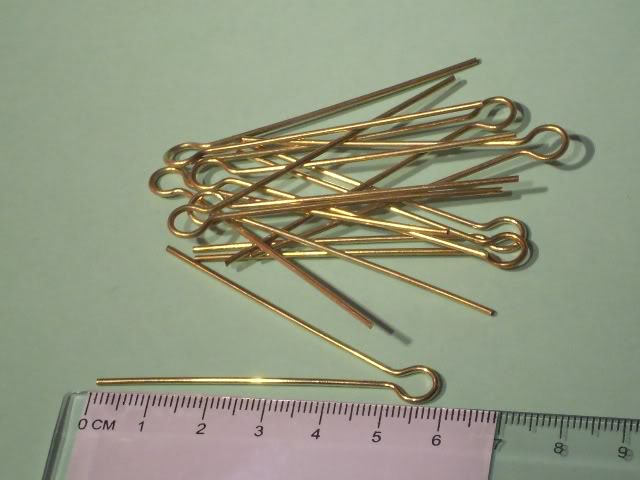
- Mobile Phone
- +8613931874955
- sales@cntcmetal.com
Understanding the Importance of Metal Wall Ties in Construction Projects
Understanding Metal Wall Ties Importance and Applications
Metal wall ties play a critical role in modern construction, especially in masonry structures. These components serve as connectors between the inner and outer leaves of cavity walls, providing stability and structural integrity. Their importance cannot be overstated, as they help distribute loads, prevent moisture penetration, and resist lateral forces.
One of the primary functions of metal wall ties is to ensure that the inner and outer walls work together effectively. In a cavity wall system, the space between the two layers of brick or block serves as insulation and an additional barrier against moisture. However, without proper ties, these layers can move independently, leading to potential structural issues over time. Metal wall ties function as the link that holds these two layers together, allowing them to act as a single entity. This cohesive driving force improves the overall strength and stability of the building.
In terms of materials, metal wall ties are typically made from stainless steel or galvanized steel
. Stainless steel ties are favored for their corrosion resistance, making them suitable for environments that may be subject to moisture, such as coastal areas. Galvanized steel offers a cost-effective alternative, providing adequate protection against rust and degradation in less aggressive environments. The choice of material is crucial, as it influences the longevity and durability of the ties.metal wall ties

Furthermore, the design and installation of metal wall ties are subject to building codes and standards, ensuring they meet necessary performance criteria. The spacing and orientation of these ties are determined based on structural requirements and are typically specified in engineering drawings. Proper installation is essential; inadequate spacing can lead to weak points in the wall system, while excessive spacing might not provide sufficient support.
Another critical consideration regarding metal wall ties is their role in moisture management. Ties should be installed in a way that prevents water from accumulating within the cavity. This is often achieved through the use of weep holes and proper flashing, which work together to direct water away from the interior of the wall. Effective moisture management not only protects the structural integrity of a building but also prevents mold growth and other issues associated with dampness.
In conclusion, metal wall ties are an indispensable component of masonry construction, enhancing stability, durability, and moisture management. By linking the inner and outer walls, they ensure that the structure can withstand various stresses and environmental conditions. As buildings continue to evolve in complexity and design, the role of these ties will remain paramount in ensuring safety and longevity. With ongoing advancements in materials and technology, the future of metal wall ties looks promising, paving the way for even more innovative construction practices.
share:
-
Your Source for Concrete Wall Ties and Masonry AccessoriesNewsJul.10,2025
-
Unlocking the Power of Iron Wire for Every ProjectNewsJul.10,2025
-
Explore Advanced Chain Wire and Stainless Steel Mesh FencingNewsJul.10,2025
-
Discover the Benefits of Annealed Wire ProductsNewsJul.10,2025
-
Discover China Stainless Steel Wire Mesh SolutionsNewsJul.10,2025
-
Build with Confidence Using High-Performance Masonry AccessoriesNewsJul.10,2025
-
Why Sacrificial Formwork Is Redefining Underground ConstructionNewsJun.06,2025



















